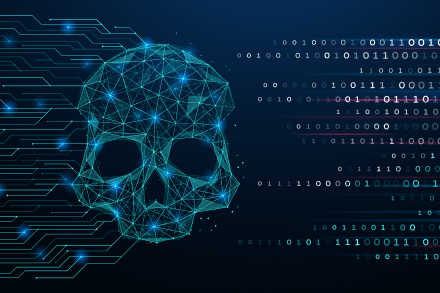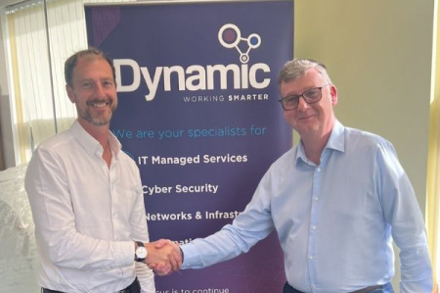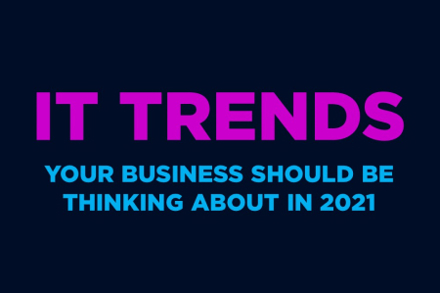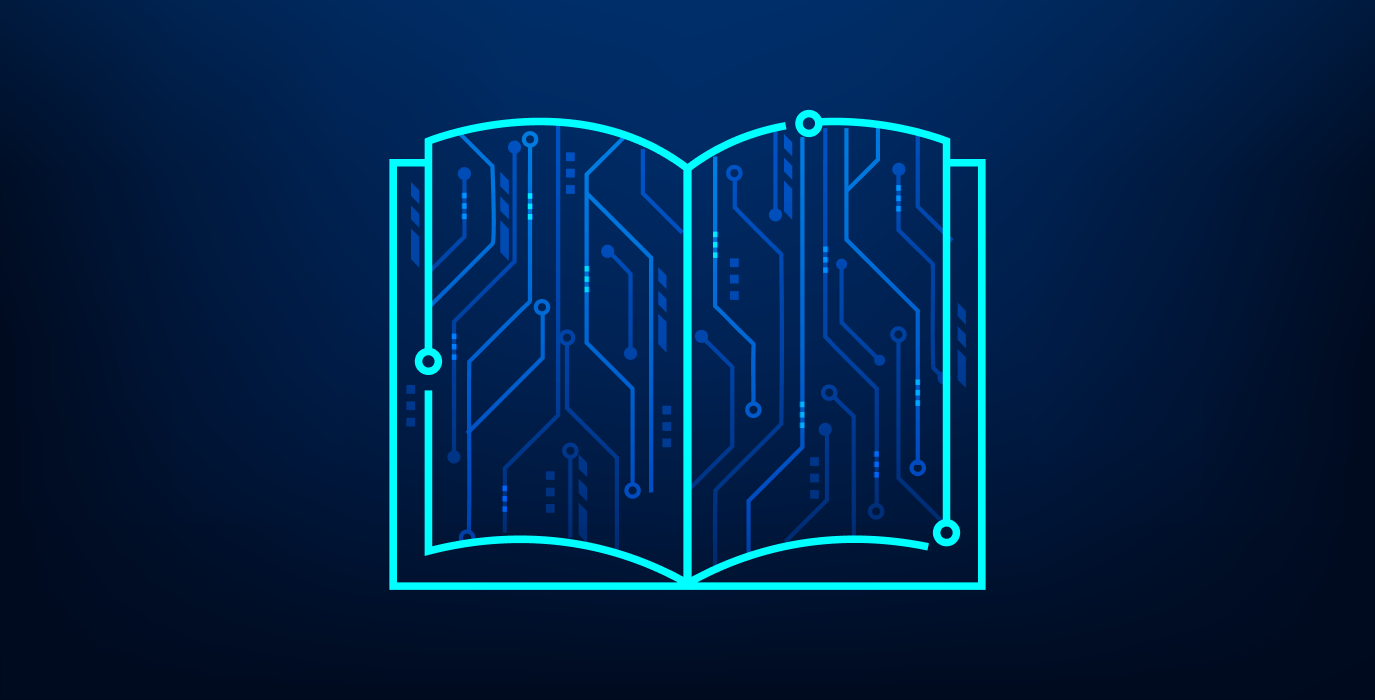Technology is evolving faster than ever. From smarter automation to advanced cybersecurity, digital tools are reshaping how we work, communicate, and solve problems. But with so many new terms and innovations emerging, it can be hard to keep up, especially when the language gets technical! Whether you're a business leader exploring new digital strategies or just curious about where technology is headed, this blog breaks down some of the most important tech terms in simple, easy-to-understand terms.
AI-Driven Automation
Artificial Intelligence (AI) is being used to automate more and more tasks. It helps businesses improve how they work by speeding up processes, making better decisions, and reducing the need for manual effort
Edge Computing
Edge computing means processing data closer to where it’s created, instead of sending it to a distant data centre. This helps things work faster and reduces the load on networks by minimizing the need to send data back and forth to a centralized cloud.
5G Networks
The fifth generation of mobile network technology brings faster speeds, reduced latency and enables more connected devices. It’s much faster than previous generations, and allows thousands of devices in a small area to be connected at the same time.
6G
6G is the future of mobile networks. It’s still being developed, but the goal is to make wireless connections even faster and more reliable than 5G, with almost no delay.
Digital Twins
A digital twin is a virtual representation of a physical object or system that is used for simulations and data analysis. The physical object is fitted with various sensors and the digital twin receives data from sensors on the real object to show how it’s performing. This lets people test, monitor, and improve how the real thing works, with the overall aim of the digital twin being to improve the original physical entity.
Artificial General Intelligence (AGI)
AGI is AI with capabilities that rival those of a human. Although purely just a concept at this stage, it may someday replicate human-like cognitive abilities such as reasoning and problem solving, perception and language comprehension.
Zero-Trust Security
It’s not a product or service, but a security strategy that assumes no one (whether inside or outside the network) is trusted, and requires strict verification at every point of access. It works on the premise that being behind the corporate firewall doesn’t automatically equal safety. Instead, it assumes a breach and verifies each request as though it originated from an uncontrolled network.
Multi-Cloud Strategy
A multi cloud strategy is the use of multiple cloud computing services (from different providers) to avoid dependence on a single cloud provider to increase flexibility, optimize performance and mitigate the risks of relying on just one provider.
IoT (Internet of Things)
The Internet of Things (IoT) is a network of physical objects that are fitted with sensors, software and other technologies. For example, physical objects—like fridges, lights, or factory machines—are connected to the internet. These devices can collect and share data, helping people and businesses make smarter decisions.
Digital Transformation
A business strategy that incorporates digital technologies into all areas of business. It helps companies serve customers better, become more efficient, and stay competitive in a fast-changing world.
Hyperautomation
Hyperautomation is an approach that businesses use to identify and automate as many business and IT processes as possible through the use of advanced technologies, including AI, RPA (Robotic Process Automation), and machine learning. It helps businesses automate more complex tasks, work faster, and reduce errors.
Smart Cities
A smart city is where traditional networks are made more efficient with the use of digital solutions. The aim is to enhance performance, well-being, and reduce costs & resource consumption across services like transportation, energy, and infrastructure and benefit both businesses and inhabitants.
AI-Powered Cybersecurity
AI for cybersecurity uses AI technologies to enhance the protection of computer systems, networks and data from cyberthreats. It can spot threats faster than humans, block suspicious activity, and learn from past attacks to get better over time.
Robotic Process Automation (RPA)
Uses intelligent automation technologies to perform repetitive office tasks. Rule based software performs business process activities, freeing up human resources to prioritise more complex tasks and reducing human error.
Sustainable IT
Sustainable IT, also known as green IT, means using technology in ways that are better for the environment. For example, this includes using energy-efficient devices, reducing waste, and choosing cloud services that rely on renewable energy.
Self-Healing Infrastructure
An IT system that can automatically detect, diagnose, and fix operational issues without human intervention as they arise. This involves AI and machine learning to predict and resolve problems before they impact business operations by improving reliability and reducing downtime.
Cloud-First Strategy
A strategy where cloud services are the default choice for hosting data, applications and services and are the primary consideration for new IT projects and initiatives. It’s a move away from traditional on premise infrastructure towards a cloud based approach.
Cloud-Native Applications
Applications which have been designed and built to run efficiently in a cloud environment. They take full advantage of cloud features like auto-scaling and offer greater flexibility, faster development, and easier maintenance.
Digital Resilience
Digital resilience is about being prepared for problems - like cyberattacks or natural disasters - so that systems keep working or can bounce back quickly.
Disaster Recovery as a Service (DRaaS)
A cloud-based service that allows businesses to back up and restore their IT infrastructure and data during and after a disaster, ensuring businesses can recover quickly and continue running.
Cloud Bursting
Cloud bursting is a cloud computing configuration that enables a private cloud to expand (‘burst’) into a public cloud when it needs to use extra computing power from the public cloud when its own systems are overloaded.
Containerization
Containerization refers to the packaging of software code with the operating system libraries and dependencies required to run the code. This creates a single, lightweight executable, which is called a container. Containerization allows developers to create and deploy applications faster and more securely.
Dynamic Insights & Advice

Hacking Horror Stories: Iconic hacks
From Facebook breaches to NHS ransomware, this blog unpacks major cyberattacks and how to protect yourself in 2025’s digital minefield.

Dynamic Networks Group Continues Its Expansion
Dynamic Networks Group continues its expansion with the acquisition of Peak Support Services Ltd, a Derbyshire based Cloud MSP.

Dynamic Networks completes a Management Buyout and commences its acquisition strategy
David Smith (CEO) and Gareth Leece (COO) have successfully completed an MBO of Dynamic Networks, working with Paul Landsman of Kingland Capital. The MBO provides for a simplification of the Board structure to allow for its continued accelerated growth strategy.

10 reasons to archive your business emails in the cloud
For most organisations, email has become an essential part of daily workflow and communications. However, many businesses are unaware of the importance of archiving their emails and having an email retention strategy.

Planning a successful migration to the cloud
Moving to the cloud comes with multiple benefits. For most businesses, it usually means reducing running costs, faster modernisation capabilities and increased security.

2021 IT trends your business should be thinking about
Here are our top IT trends and predictions your business should be thinking about now to prepare for 2021.


